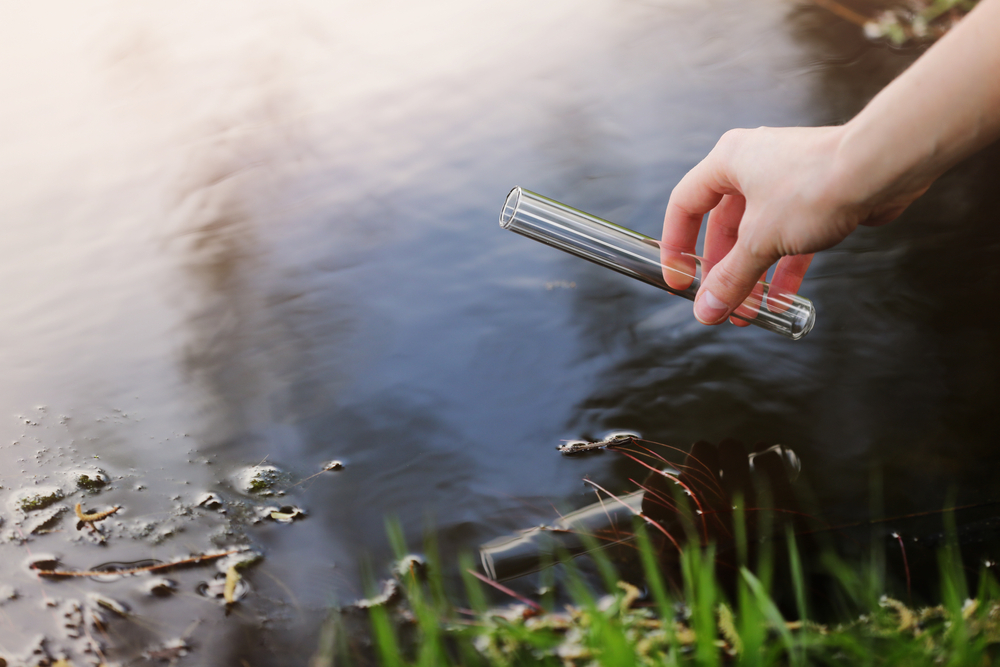The European Commission has reached a preliminary agreement on a proposal to update its list of water pollutants and enhance water resilience.
This revision ensures that the list of water contaminants is consistent with the latest scientific advice, and that new materials are monitored and more closely controlled in both surface and groundwater.
According to this, three EU law laws will be applied. These are the Water Framework Directive, the Environmental Quality Standard Directive, and the Groundwater Directive.
This ensures that the EU will enhance water resilience and mark important contributions to zero pollution ambitions.
Which substances have been added to the list of water pollutants?
New substances with harmful effects that are well documented and documented on the environment and human health will be added to the list of water contaminants. These include:
A strict new EU overall quality standard for the total of 25 PFA (“Eternal Chemicals) in surface waters containing trifluoroacetic acid (TFA). The same strict standard as the total of the four most harmful PFAs in groundwater. A wider total of 20 PFA, monitored in the water range, in line with the drinking water directive. Pesticide-degraded products. Ingredients in plastic packaging.
Furthermore, the agreement ensures that six substances that do not pose a risk to the EU as a whole will be transferred to the list of contaminants of national concern, thanks to actions taken to ban or limit their use. This decision was made in line with the latest scientific evidence.
New simplified measurements streamline water quality monitoring
Additionally, the Act introduces certain short-term exemptions to the principle of water quality and quantity independence.
Member States can apply simplified procedures under certain conditions if pollution does not increase, thereby avoiding compromises in environmental or health protection.
It also streamlines reporting requirements and reduces the administrative burden of member states by promoting the sharing of surveillance data between member states and committees through digital tools.
The new rules will also strengthen cross-border cooperation and ensure mandatory downstream river basin warnings in the event of an incident.
Next step: Formalize legislation
The European Parliament and Council must formally adopt the new directive, which is in effect 20 days after it is published in the official EU journal.
Member States must implement the requirements by December 22, 2027 and redirect the amendments to three related directives: the Water Framework Directive, the Environmental Quality Standards Directive and the Groundwater Directive.
“We’re committed to providing a great deal of energy,” said Jessica Rosswall, commissioner of the environment, water resilience and competitive circular economy. “Today’s agreement is an important step towards achieving cleaner water for all Europeans. We are taking a major step to reducing water pollution from PFA, pesticides and other dangerous chemicals.
“This is alongside the ambitions set out in Europe’s Water Resilience Strategy. It makes Europe more resilient. Clean water is suitable for people, environmentally friendly, and good for our economy: an investment that pays back multiple times.”
Source link

